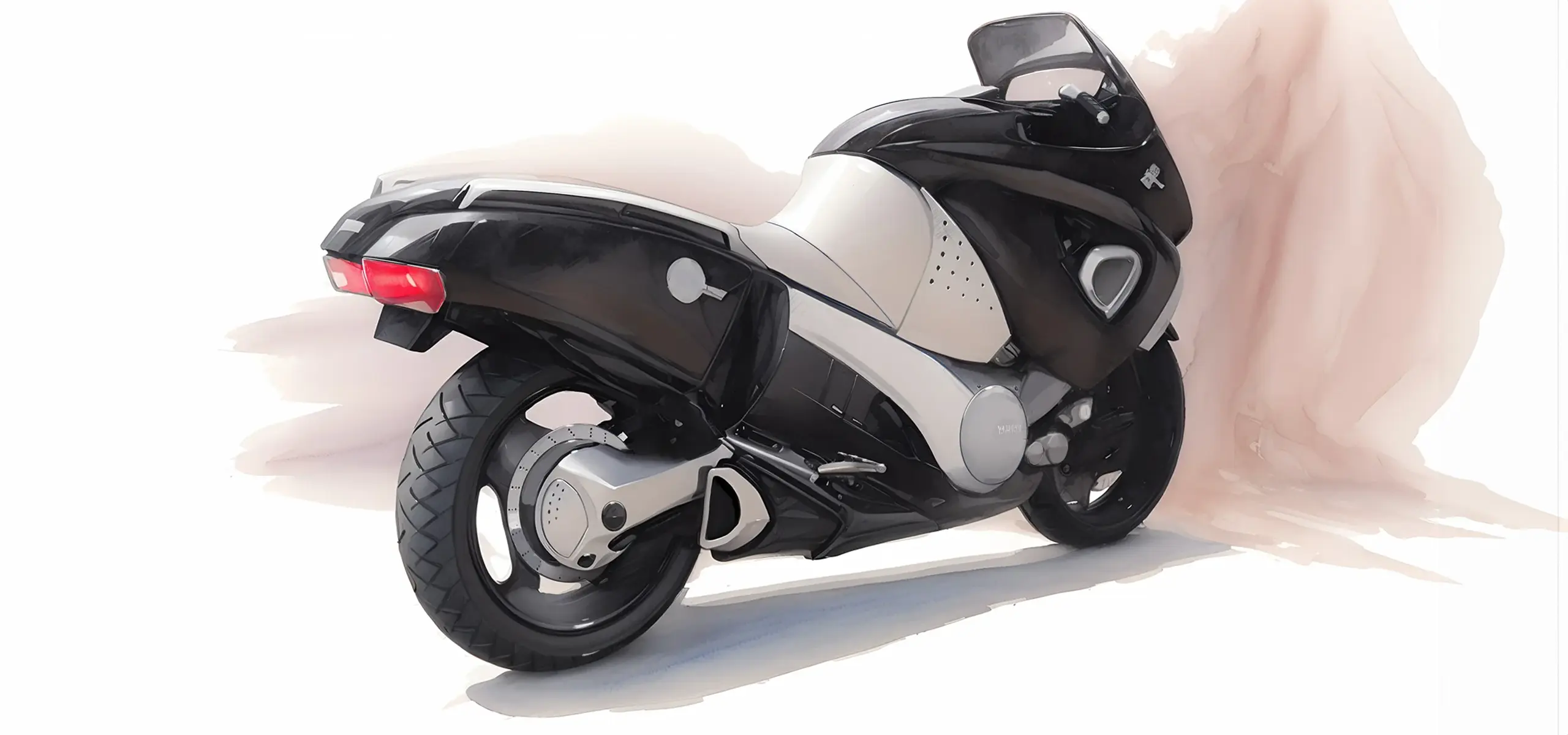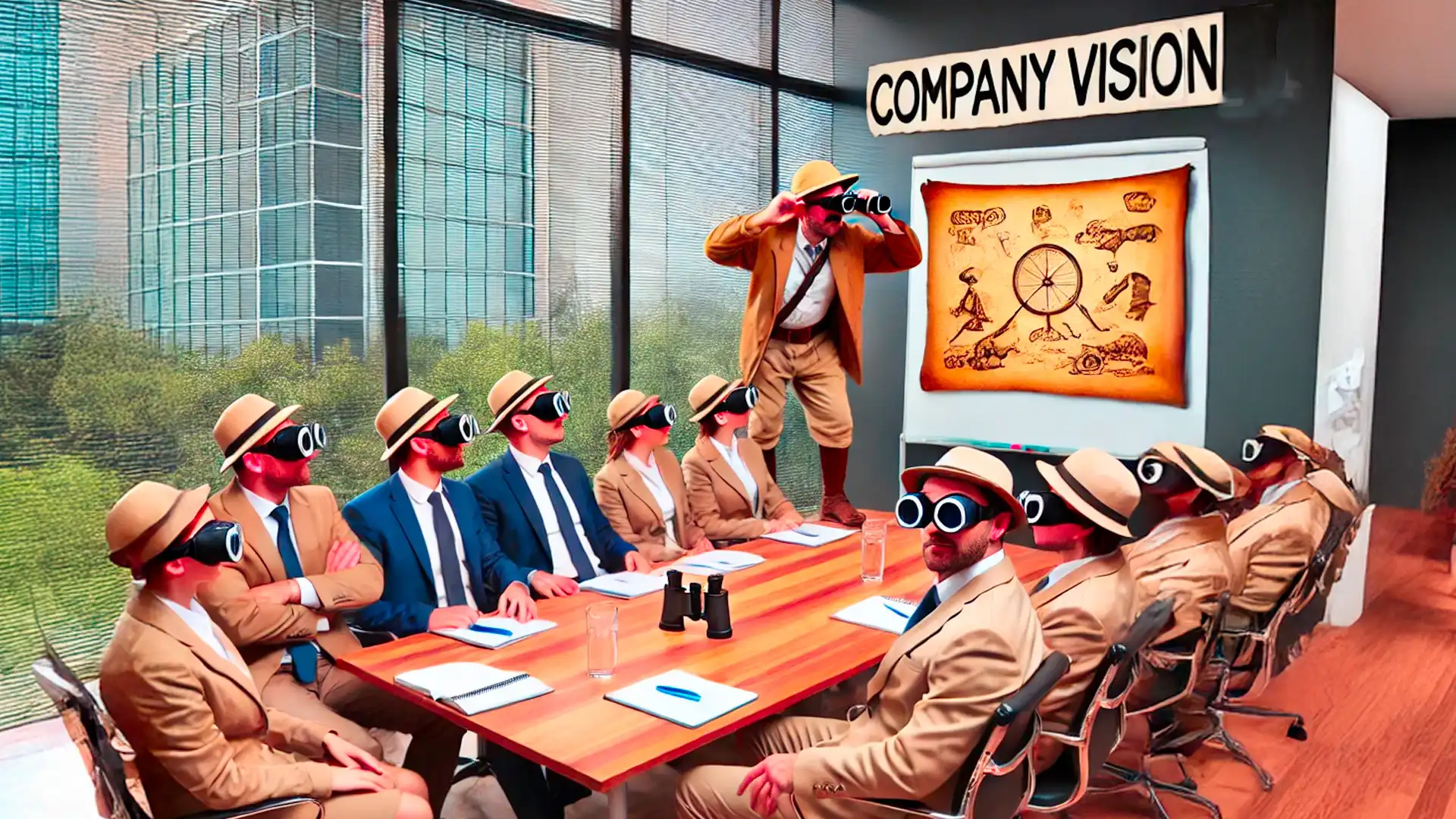Concept studies are a widely used tool in automotive design but often underestimated in other design disciplines, because they are sometimes seen as preliminary or theoretical, rather than practical or actionable. But here’s the truth: today’s science fiction could be tomorrow’s breakthrough product.
Let me take you on a journey to reveal why concept studies are the secret weapon of truly innovative companies.
Reasons to do concept studies
At Groen & Boothman we have been involved in several advanced design projects which resulted in concept studies that push the limits of design and technology. We think more industries should do concept studies because they are a very useful tool which pays itself back for several reasons:
- Uncovering New Opportunities: Concept studies lead to new product ideas and market opportunities that may not emerge from planned projects alone. By fostering creativity and exploration, they pave the way for groundbreaking innovations that can reshape industries in the future.
- Expansive Idea Exploration: Concept studies provide designers with the freedom to explore a diverse array of ideas and possibilities, allowing for uninhibited experimentation. This process often leads to the discovery of innovative solutions and serendipities that may have otherwise remained undiscovered.
- Early User Feedback: Engaging in concept studies enables companies to gather feedback from users and stakeholders at an early stage. This invaluable input ensures that the final design aligns with user needs and expectations, ultimately enhancing product success.
- Driving Innovation and Differentiation: By encouraging creativity and pushing the boundaries of design, concept studies foster innovation and differentiation. Companies are empowered to create solutions that not only meet but exceed market expectations, setting it’s products apart from competitors.
- Iterative Refinement: Concept studies form an integral part of an iterative design process, allowing ideas to be refined and improved through multiple iterations. This iterative approach ensures that designs are continuously optimized, resulting in robust and successful products.
- Cross-Pollination of Ideas: Collaboration and interdisciplinary approaches inherent in concept studies bring together individuals with diverse backgrounds and perspectives. This cross-pollination of ideas often sparks serendipitous moments where insights from one field inspire innovative solutions in another.
- Motivational Impact: The prospect of making a meaningful impact serves as a powerful motivator for the stakeholders. Engaging in concept studies offers them the opportunity to develop ideas that have the potential to positively influence users’ lives or address pressing societal issues, driving motivation and dedication.
An example from the archives: the power assisted bicycle
A concept study isn’t always a flashy, futuristic concept car or motorcycle designed to generate publicity and gather feedback. It can also be a study solely for internal purposes.
Since we often work on products long before they come to market, most of the advanced design projects we execute are confidential. Let’s take one from the past as an example to see what came out on the long term. A project Hanno worked on long ago in a very early stage was the power-assisted bicycle for Yamaha. The project started with extensive research into future trends which Yamaha could potentially hook into. Already in the early nineties it became clear that people would stay active longer and have more time to spend on leisure activities in the future.
Because Yamaha saw potential for new leisure products, the next step was to generate concepts of possible future products. Besides a hydrofoil water-bike, a waterjet-powered surfboard, and a motorbike with more integrated luggage space, one of the ideas that came out of the project was a bicycle with power assist. This would enable cyclists to easily cycle longer distances and take hills. The power-assisted bicycle was developed further into three different design directions, resulting in futuristic-looking full-scale concept models.
In the background, Yamaha had already been working on technology to make power-assisted cycling possible since 1973. In 1993, Yamaha PAS (Power Assist Systems) launched the world’s first power-assisted bicycle on the Japanese market. As designers in Europe, we didn’t know about that at the time, but it came together perfectly with the project we worked on. The project provided reasoning for the technology and sketched a very likely possible future for the concepts, which nowadays have grown into commodities.

Besides the power-assisted bicycle, the design of the motorbike with more integrated luggage space was also developed further, resulting in a full-scale concept study that inspired future Yamaha designs.
Sustainability: The Ultimate Concept Challenge
Today, we face our greatest design challenge yet: creating a sustainable future. This isn’t just about green materials or energy efficiency. It requires us to fundamentally rethink how products are made, used, and disposed of.
Concept studies are the perfect tool for this monumental task. They allow us to envision radical new approaches, like products designed for complete disassembly and reuse, or services that replace physical goods entirely.
With our extensive technical know-how and creativity, we can help you envision and design future products and solutions. Through research and advanced design, we are dedicated to imagining and inventing tomorrow’s world.
See the Yamaha concept bike
See the Wing Light, a luminaire concept study we recently designed in collaboration with Philips MyCreation/Signify.




